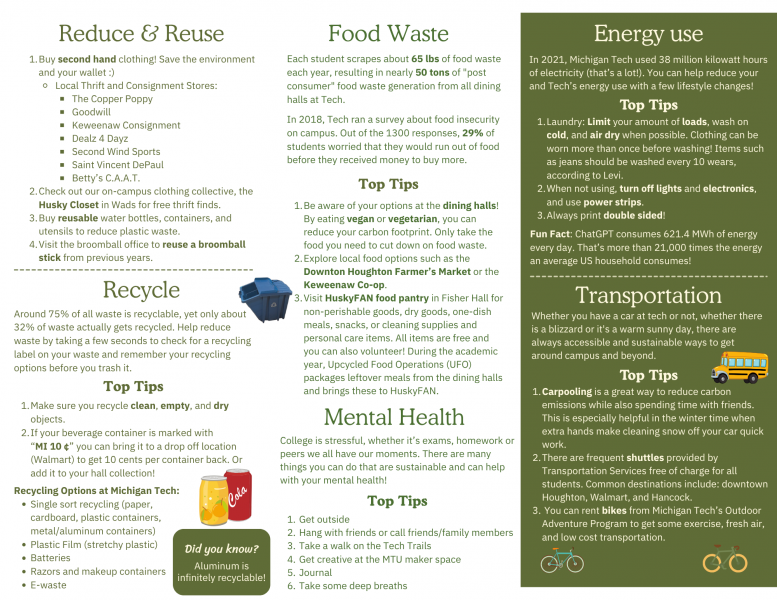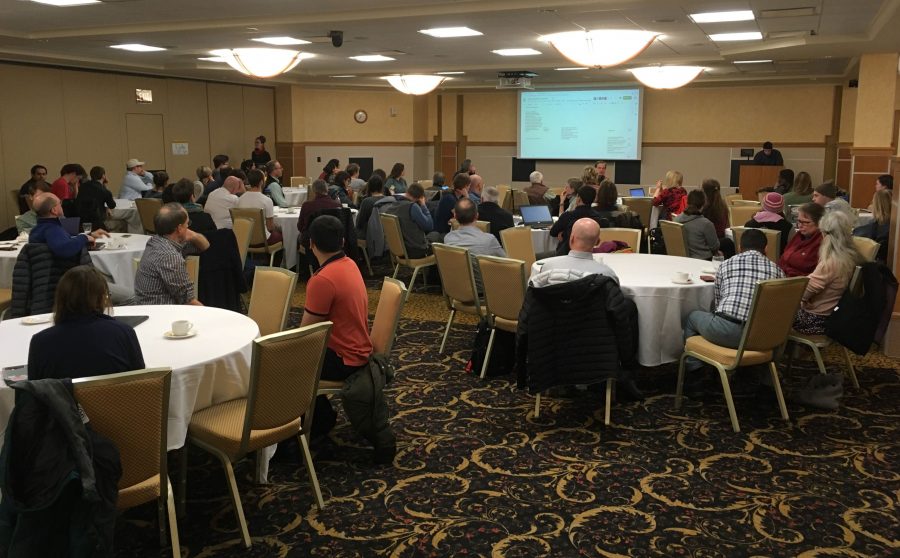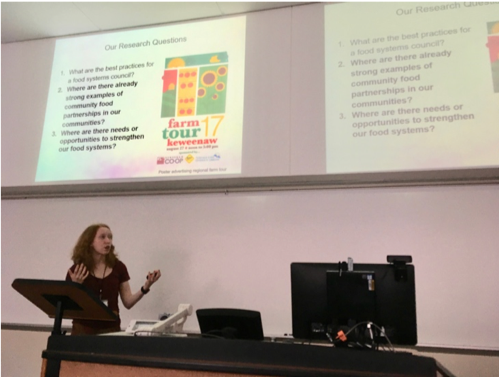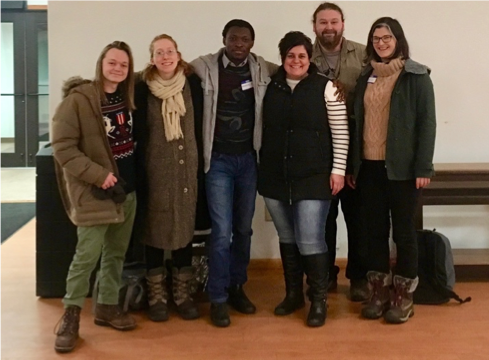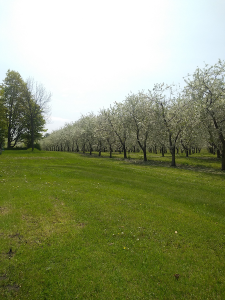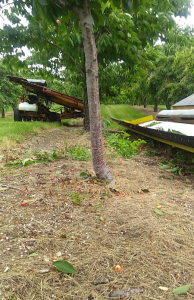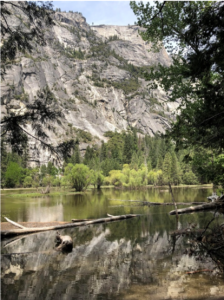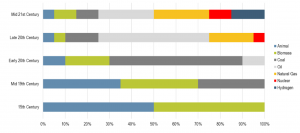August is just around the corner – and that means it’s almost time for Husky Exchange, Michigan Tech’s green move-in program!
Need a fan? Another shelf? Maybe an extra pool noodle to spare your forehead from your lofted bed? We’ve got you. Whether you’re missing the basics or looking for a few extras to make your room feel like home, Husky Exchange is the place to be.
What is Husky Exchange?
Each spring, generous Huskies donate gently-used and no-longer-needed items during spring semester move out. We collect it all and bring those items back in the fall so you can score dorm and apartment essentials – for free or at super low prices. Keeping costs down and items out of landfill? Sounds like a win-win to us.
So stop by Wadsworth Hall during move-in weekend and see what you can find. It’s first come, first serve – and cash only!
Location: Wadsworth Hall, Room G41
Hours:
Sunday, August 17th 2 – 5 PM
Monday, August 18th 10 AM – 5:30 PM
Tuesday, August 19th 10 AM – 2 PM
Email sustainability@mtu.edu with any questions and follow us on Instagram (@sustainablemtu)

